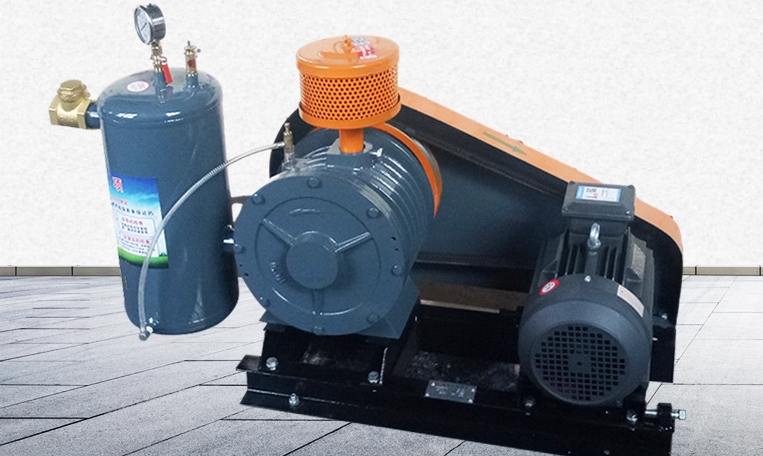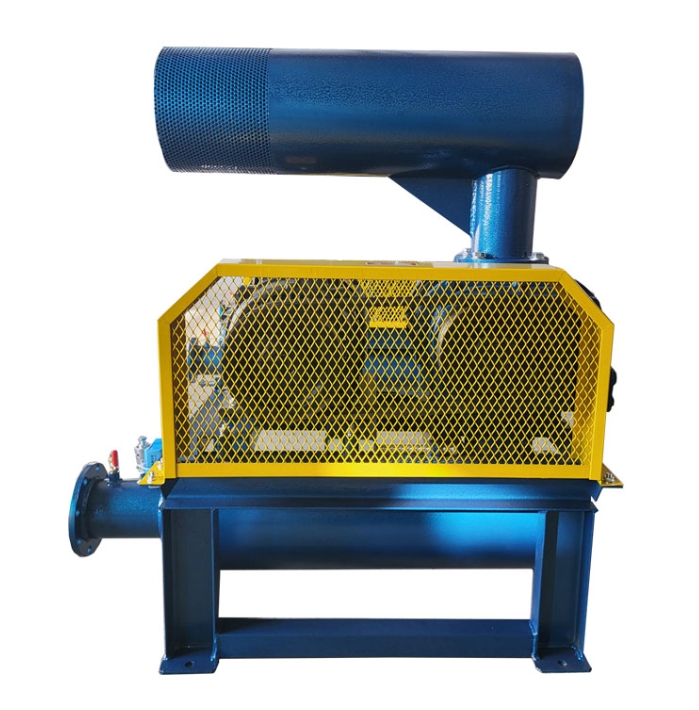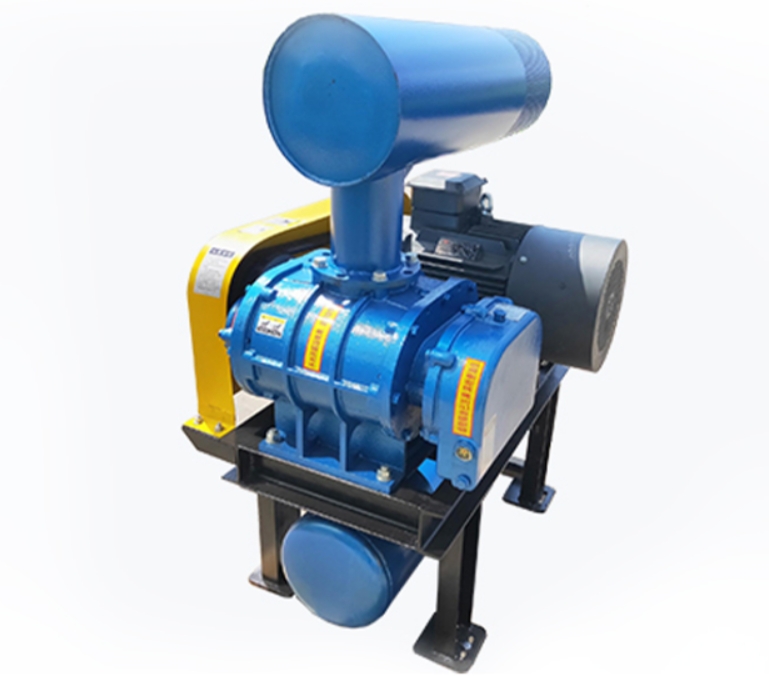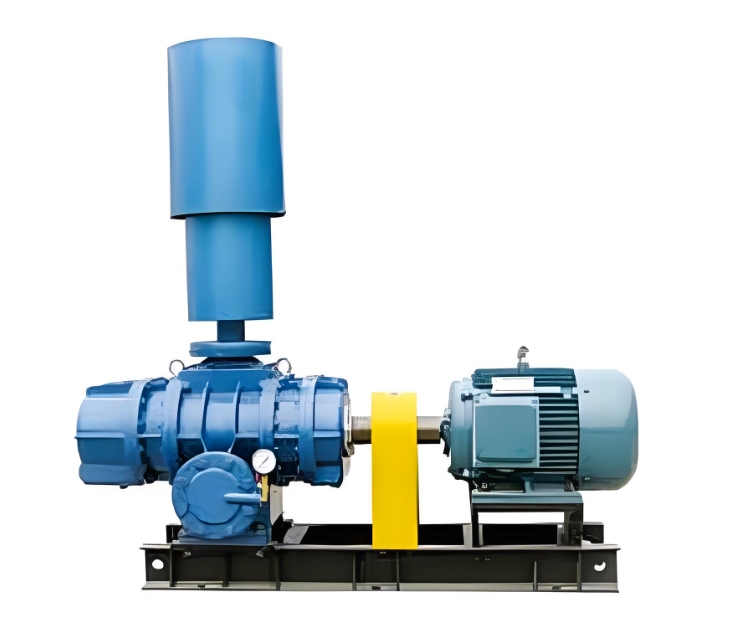Application and advantages of rotary blower in aeration of sewage treatment**
**Keywords: Rotary blower**

**1、 Working principle of rotary blower**
Rotary Lobe Blower uses two three or two bladed rotors to rotate in opposite directions within the cylinder, creating a volume change to achieve gas compression. Its characteristics are low-pressure continuous transmission, low noise (about 75-85dB), and compact structure, suitable for small and medium-sized sewage treatment projects.
**2、 The core role of aeration system**
In the aeration process of sewage treatment, a rotary blower delivers oxygen to the water body through a microporous aeration disc or pipe, promoting the decomposition of organic matter by aerobic microorganisms. Its advantages include:
1. Energy saving: With a volumetric efficiency of up to 80%, it saves 15-20% of electricity compared to traditional centrifugal fans.
2. * * Stability * *: No internal valve design, low failure rate, suitable for 24-hour continuous operation.
3. * * Easy maintenance * *: Only regular replacement of lubricating oil and air filters is required.
**3、 Comparison with other fans**
-* * vs Roots blower * *: Rotary type has lower noise but a smaller pressure range (usually<0.5 bar);
-* * vs centrifugal fan * *: Rotary fans have higher efficiency under low flow conditions, but the single machine air volume is usually less than 50m3/min.
**4、 Selection suggestions**
Choose according to the scale of sewage treatment:
-Small scale factories (daily processing capacity<5000 tons): preferably rotary type;
-Medium sized factories (50-20000 tons): can be equipped with multiple rotary or high-pressure Roots blowers.
**Case * *: A food factory used 3 rotary blowers, which reduced annual power consumption by 120000 yuan and reduced noise complaints by 90%.





